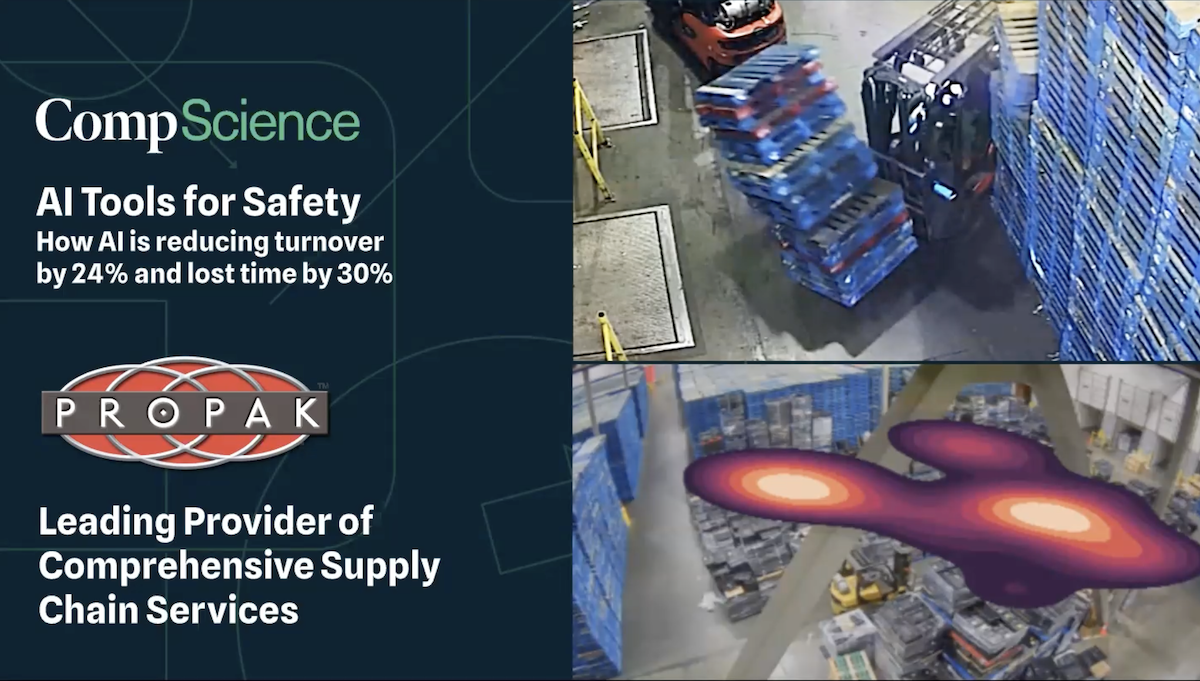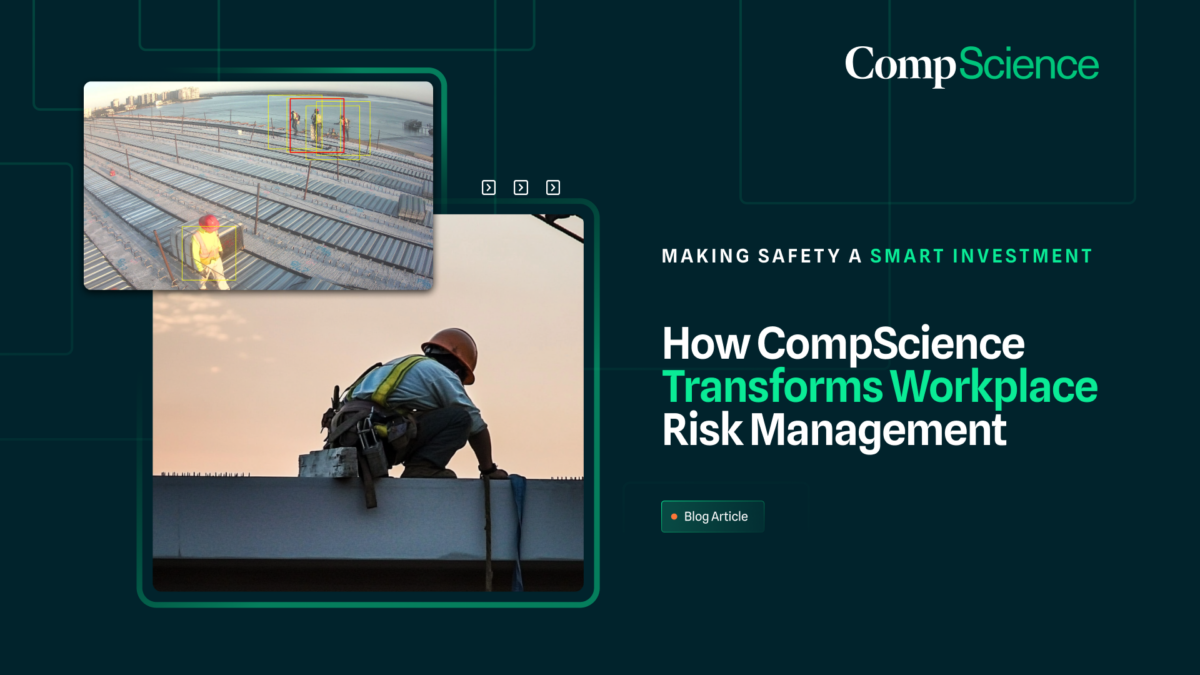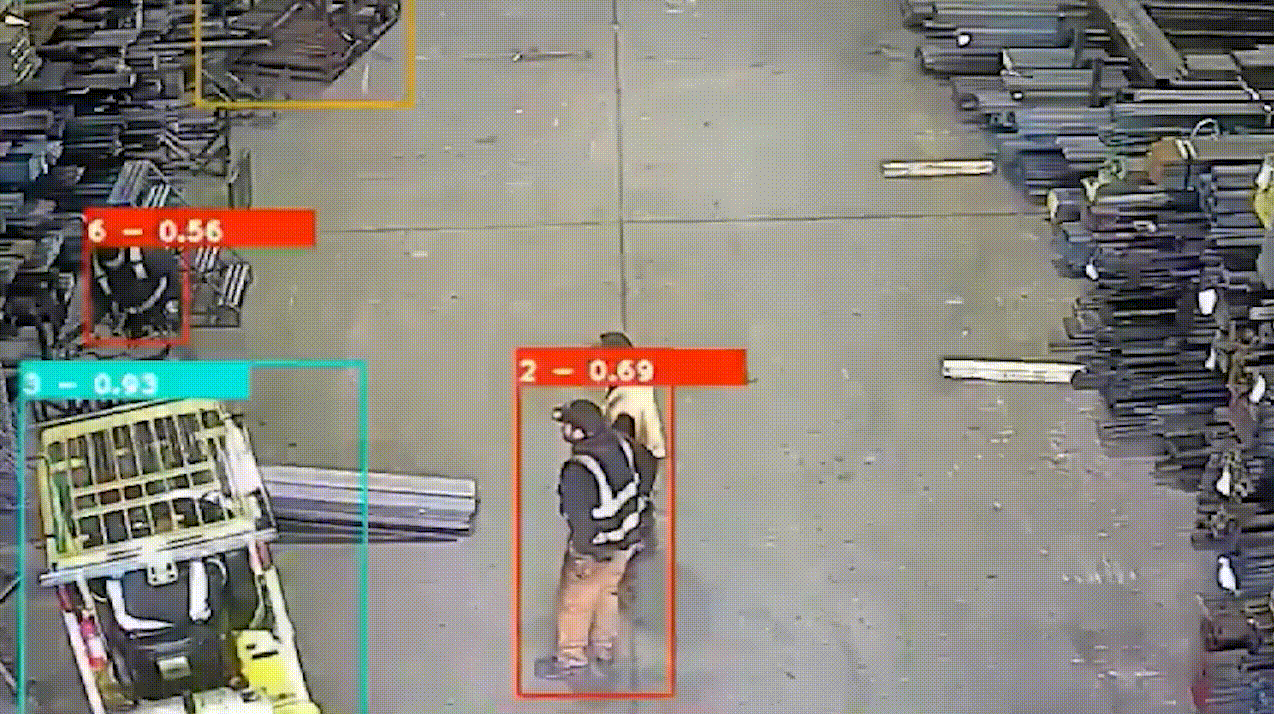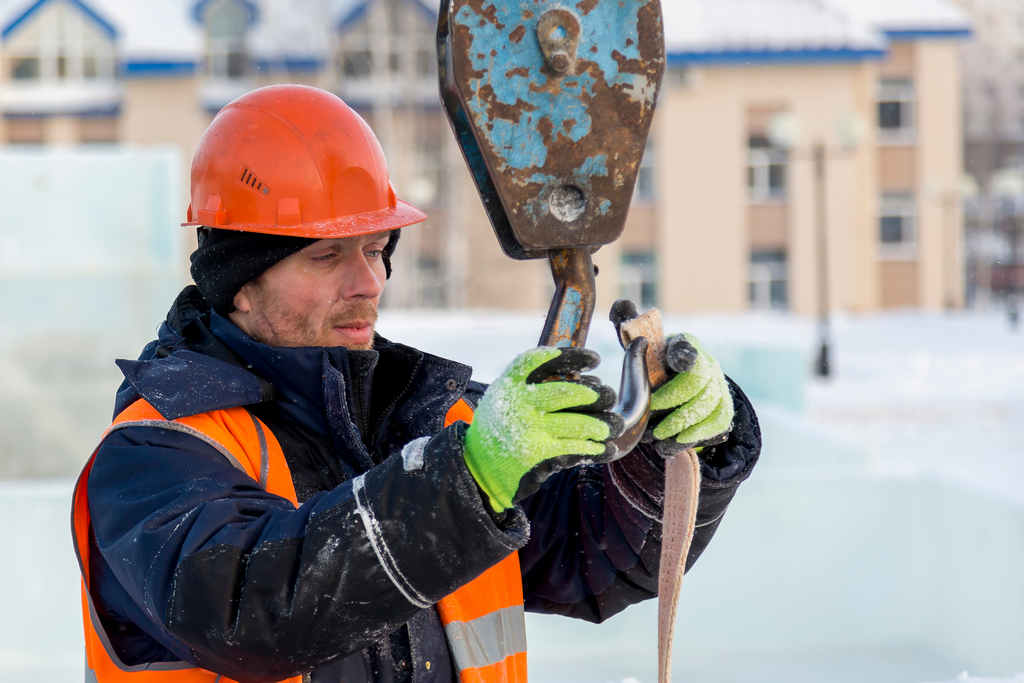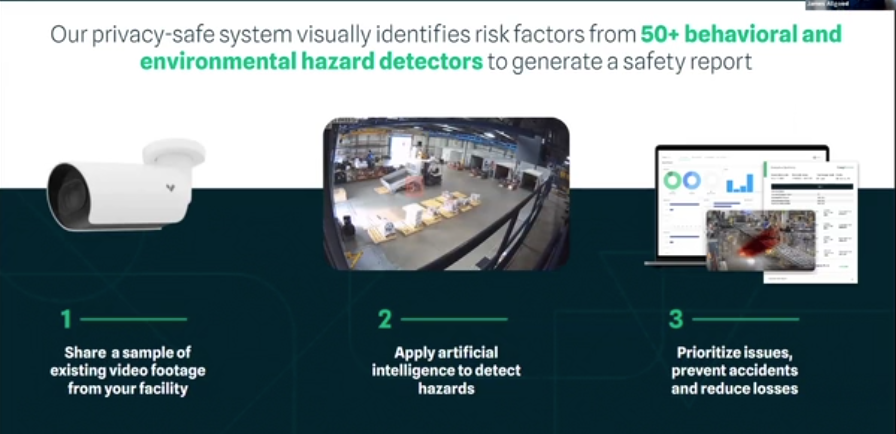AI, Annoucement, Workplace Safety
Injury Detection with AI Can Can Stop Accidents Waiting To Happen
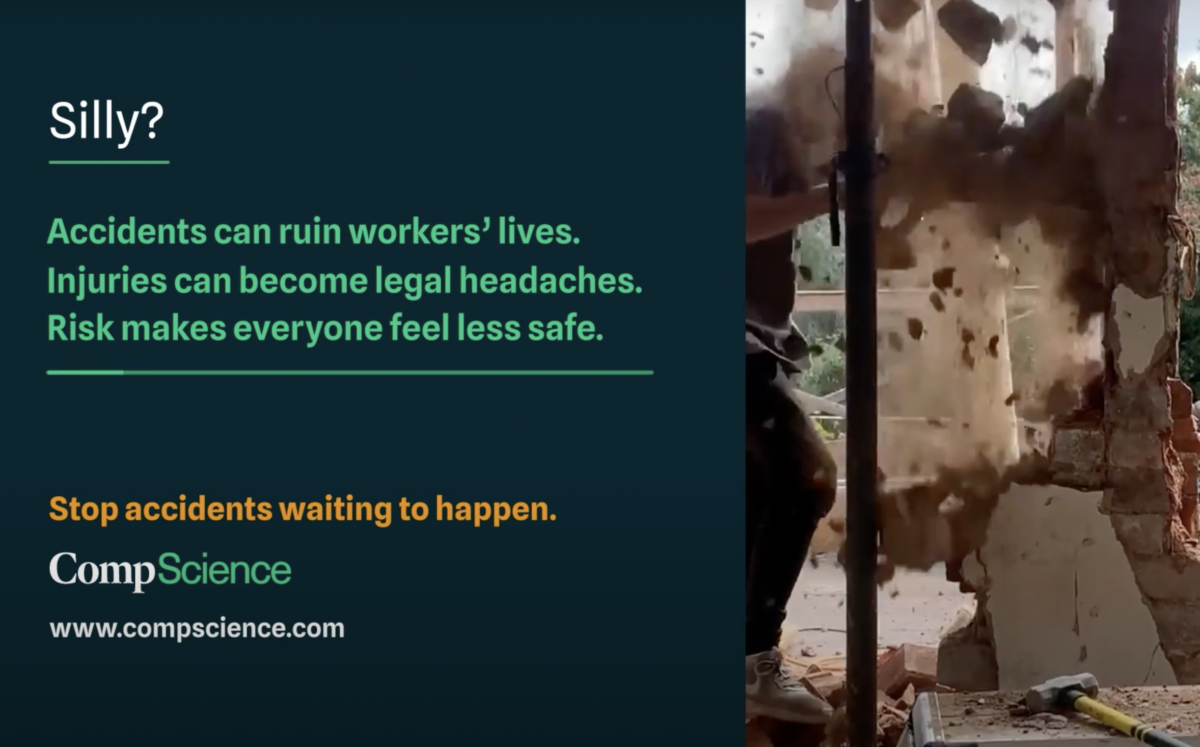
Workplace accidents are a serious concern for businesses and employees alike. Despite the best efforts of employers and workers, accidents can still occur, leading to serious injuries and even fatalities. The impact of workplace accidents can be far-reaching and can have a lasting impact on the lives of workers and their families.
Now, AI makes probable injury detection a reality. By combining computer vision and data science, the Intelligent Safety Platform
Workplace accidents are a serious concern for businesses and employees alike. Despite the best efforts of employers and workers, accidents can still occur, leading to serious injuries and even fatalities. The impact of workplace accidents can be far-reaching and can have a lasting impact on the lives of workers and their families.
One of the most significant consequences of workplace accidents is the harm caused to employees. Injuries can be severe and life-altering, causing physical disabilities, emotional trauma, and financial hardship. This can have a profound impact on the quality of life for workers and their families, making it difficult for them to earn a living and maintain their standard of living.
In addition to the harm caused to employees, workplace accidents can also create legal headaches for businesses. When an employee is injured on the job, they may seek compensation through workers’ compensation claims or personal injury lawsuits. These legal proceedings can be time-consuming and expensive, and they can put significant financial strain on businesses.
Moreover, workplace accidents can also contribute to a general sense of risk and insecurity in the workplace. When employees witness or experience accidents, they may feel less safe and less secure in their jobs. This can lead to decreased morale and motivation, which can impact the overall productivity and performance of the business.
In order to prevent workplace accidents and protect the well-being of employees, it is essential for businesses to take proactive steps to mitigate risk. This includes conducting regular safety audits, providing training and education for employees, and investing in equipment and technology that can help prevent accidents. Businesses must also work to identify potential hazards and implement safety protocols to minimize the risk of injury.
Another important aspect of preventing workplace accidents is promoting a culture of safety. This means creating an environment where employees feel that their safety is a priority, and where they have a voice in creating a safer work environment. This can be achieved by encouraging open communication, empowering employees to identify and report potential hazards, and recognizing and rewarding safe behavior.
In conclusion, workplace accidents are a serious concern that can have far-reaching consequences for businesses and employees. By prioritizing safety, businesses can protect the well-being of employees, reduce the risk of legal headaches, and maintain a productive and motivated workforce. Stop accidents waiting to happen, and take action to create a safer workplace for everyone.
Learn more about using AI for Workplace Safety.

